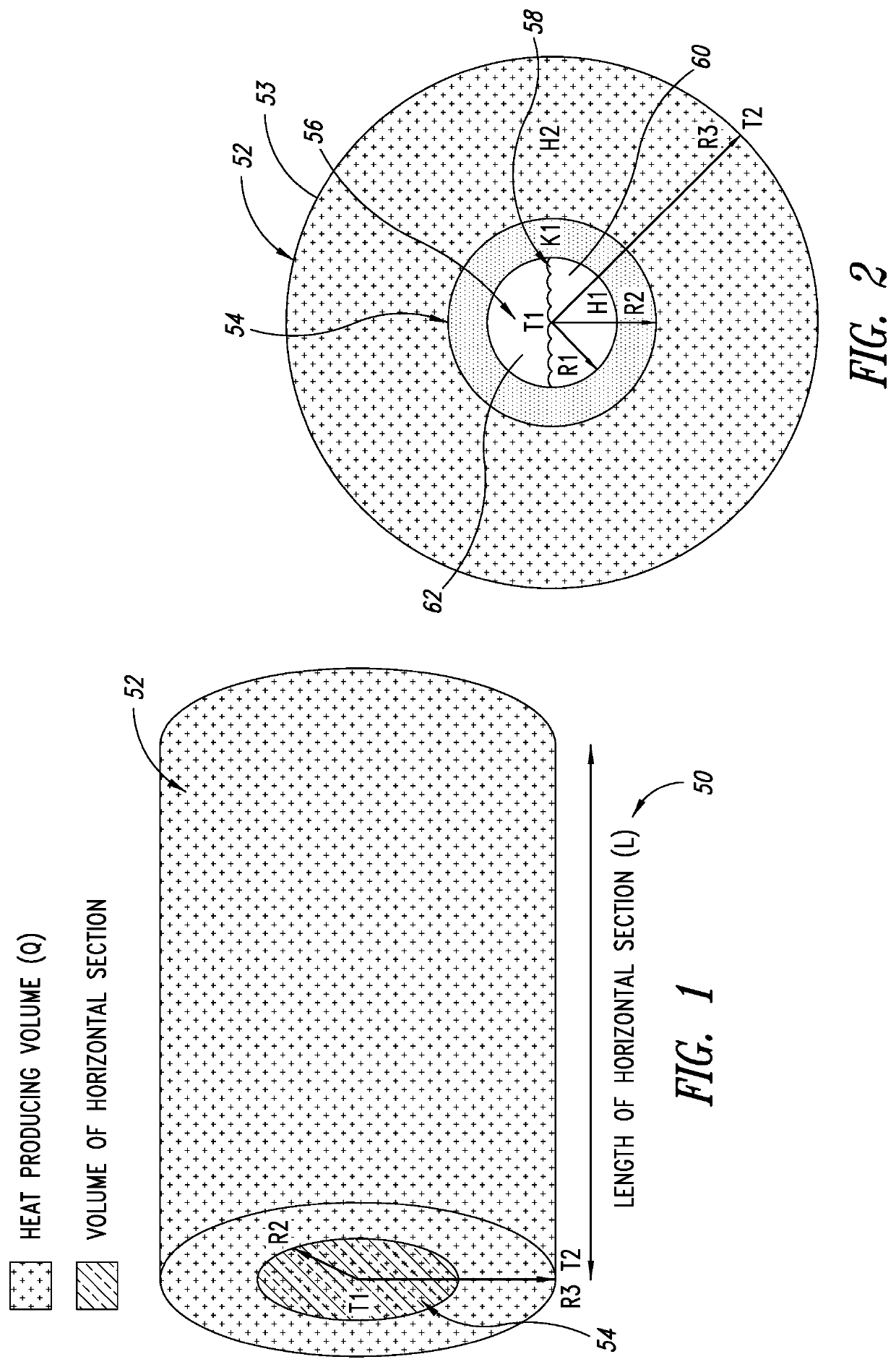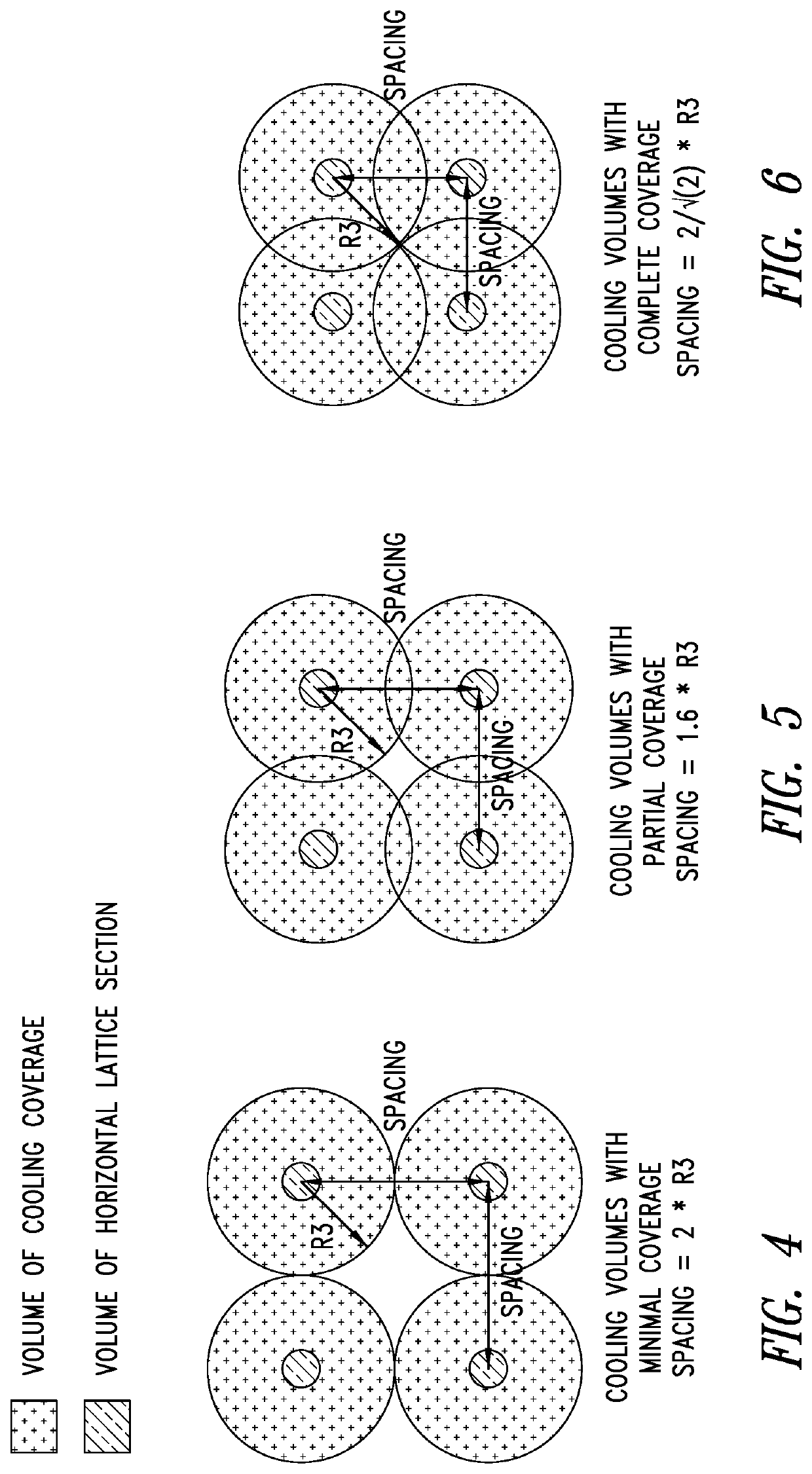System and method of controlling temperature of a medium by refrigerant vaporization and working gas condensation
a technology of working gas condensation and refrigerant vaporization, which is applied in the direction of refrigeration components, indirect heat exchangers, lighting and heating apparatus, etc., can solve the problems of adversely affecting batch quality, low overall heat generation, and inability to adapt to time and spatially dependent heat production characteristics, so as to improve temperature control, reduce system volume, and reduce the effect of temperature gradien
- Summary
- Abstract
- Description
- Claims
- Application Information
AI Technical Summary
Benefits of technology
Problems solved by technology
Method used
Image
Examples
Embodiment Construction
[0082]In the following description, certain specific details are set forth in order to provide a thorough understanding of various disclosed implementations. However, one skilled in the relevant art will recognize that implementations may be practiced without one or more of these specific details, or with other methods, components, materials, etc. In other instances, well-known structures associated with tanks or vessels, refrigerant, working gas, vaporization systems and vacuum systems, condensation systems, tubing, pipes, and coils have not been shown or described in detail to avoid unnecessarily obscuring descriptions of the implementations. Reference to “medium” is intended to include gas, liquid, solid, as well as gel and other states. Reference to “container” is intended to include, without limitation, tanks and vessels. In addition, reference to “pipe” or “tube” is intended to encompass conduits of various cross-sectional geometric configurations and conduits of any length un...
PUM
 Login to View More
Login to View More Abstract
Description
Claims
Application Information
 Login to View More
Login to View More - R&D
- Intellectual Property
- Life Sciences
- Materials
- Tech Scout
- Unparalleled Data Quality
- Higher Quality Content
- 60% Fewer Hallucinations
Browse by: Latest US Patents, China's latest patents, Technical Efficacy Thesaurus, Application Domain, Technology Topic, Popular Technical Reports.
© 2025 PatSnap. All rights reserved.Legal|Privacy policy|Modern Slavery Act Transparency Statement|Sitemap|About US| Contact US: help@patsnap.com



